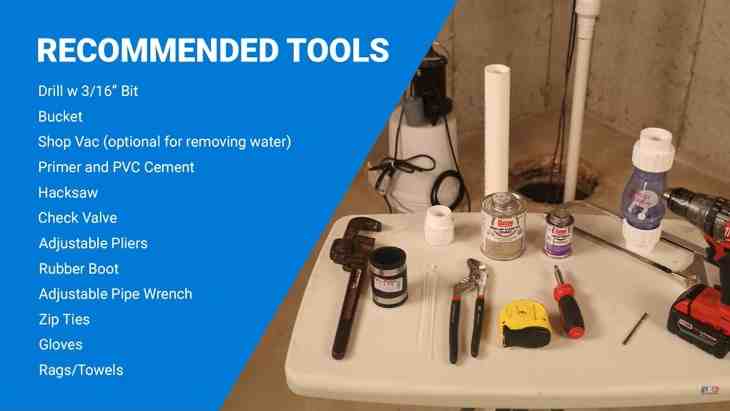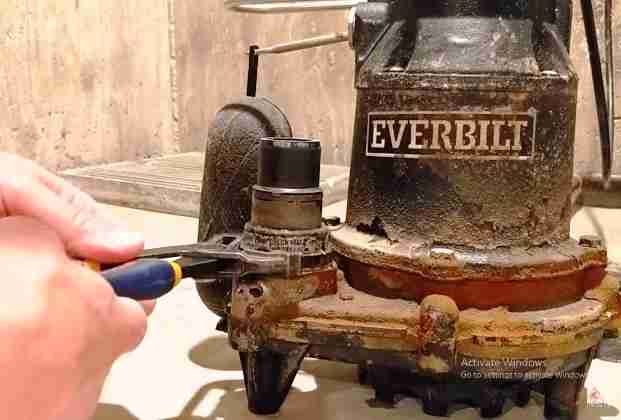The sump pump in your home may reside out of sight but don't neglect it! We know there are electrical, mechanical, and various metallic components in a sump pump. Therefore, like any other machinery or vehicle, a sump pump will also need maintenance to keep it functioning. In this article, we will first discuss the fundamentals of the sump pump then the maintenance topics.
What is a sump or sump pit or sump basin?
Sump refers to a low area or tray-shaped part on machines, appliances, engines designed to accumulate oils. Homes and buildings have a small pit or basin that serves as a sump. Home sumps are usually carved out holes into the basement floor or crawlspace. This sump basin holds a sump pump.
What is a sump pump?
A sump pump is a simple utility apparatus that detects water in a sump pit and pumps it out to a safe, designated area. We install our sump pump in the sump pit.
Types of sump pump
By design, sump pumps are two types submersible sump pump and pedestal sump pump. Both categories come in two configurations which are primary and backup sump pumps. Then the backup-type sump pumps have two variety battery backup and water-powered backup sump pumps. Another species is the combination sump pump which integrates a primary pump and a backup pump into one system.
How does sump pump works?
We have already mentioned that the sump pump usually sits in a sump pit where water flows in. Most sump pumps activate by a water level sensor, which can be either a float switch or a pressure sensor.
The float switch works much like a toilet tank valve. When the water level pushes the float up, it will automatically turn on the pump. A pressure sensor responds to the pressure caused by the water level and activates the pump.
So, the rising water level in the sump pit automatically turns on the sump pump. The sump pump drains the liquid out from the sump pit to a designated drainage area through a network of effluent pipes. So, the pump discharges water away from the foundation, building, and property. Once the water level in the sump pit comes below the water sensor, the pump will automatically turn off. However, a manually operated pump will not turn on or off automatically.
Regular sump pump maintenance and check-up tips
A sump pump plays the crucial role of removing excess rainwater or accumulated groundwater. So, it is essential that a sump pump owner keeps it up and running. Hence we have the significance of sump pump maintenance.
Performing a list of checks and corrections will ensure a functioning sump pump. Therefore, we recommend that sump pump owners check-up the following several times a year.
Power connection: Ensure that the power cord is plugged into the socket and the circuit breaker works.
Pump Level: Over time, vibration and water pressure might have tilted the sump pump. Make it upstanding and level.
Float sensor: For a float operated sump pump, free up the float ball if it doesn’t move.
Pump functioning: Verify that the pump is in working condition. To do so, slowly pour a bucket of water into the sump basin until the float or pressure switch activates the pump. When the pump turns on, ascertain that water flows to the discharge area. Wait to confirm that at the end of pumping the switch automatically shuts the pump down. If the pump fails to turn on, the auto valve fails or, there are cracking sounds, consider calling a sump pump technician.
Drainage line: Inspect the drainage line all along. Ensure there is no leak, especially at joints, and check valves.
Pump alarm: If the sump pump has an alarm system, test that it sends alerts after detecting water in the sump pit.
Fix the pump cover: Ensure that the pump cover is properly in place. The pump cover prevents evaporating water from escaping into the basement.
Clean the pump intake screen or inlet: At first, unplug the pump from the power supply. Take the pump screen out, use a brush to scrape it then clean it with water. If the pump has no screen, use a brush to scrape the inlet, remove debris and clean it with water.

Tools for sump pump maintenance & Repair
Sump pit and sump pump cleaning
How often a sump pit and a sump pump will need cleaning depends on the draining water quality and the frequency of the sump pump usage. It can be quarterly, annually, or as required. Following are the cleaning steps.
Also read: How to Test Your Sump Pump – Do it Best
Closing remarks
Without a working sump pump, a house might suffer severe water damage. We recommend a sump pump owner routinely perform the maintenances as noted in this article. The average lifespan of a sump pump is 7 to 10 years. A routinely maintained sump pump will require lesser repair, save cost and live longer.
However, if a sump pump has major problems such as strange sounds, not pumping water, failing to start and stop automatically, the owner should call a sump pump technician for assistance.
